1. 1956 Buick Special

The 1956 Special embraced futuristic chrome and tailfin aesthetics that dominated mid-50s automotive design. Its styling suggested speed and progress, but in reality, the ride was firm and handling was awkward. Buick prioritized looks over driving dynamics. Owners got attention, but the car’s innovation felt surface-level.
The Special was a marketing triumph but a practical compromise. Tailfins were beautiful but cumbersome, making tight turns tricky. Fuel efficiency was modest, even by 1950s standards. It’s remembered for style, with the functional aspects quickly feeling obsolete.
2. 1963 Chevrolet Corvette Sting Ray
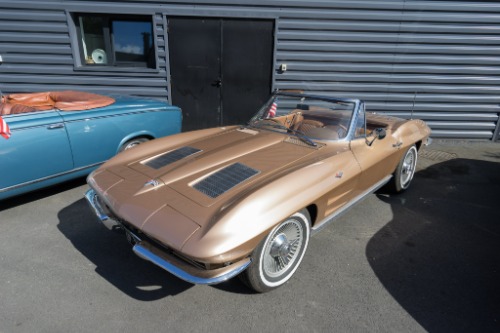
The 1963 Corvette Sting Ray introduced a split rear window and a sharper, more angular design than previous models. It looked like a car from the future, but the split window caused real visibility problems for drivers. Performance was stellar, but everyday usability suffered a bit because of the radical styling. People admired it on the road, even if it wasn’t entirely practical.
Chevrolet quickly corrected the rear window issue in the next year’s model. The split-window Sting Ray became iconic, but its radical aesthetics aged fast compared to more understated competitors. Owners loved its boldness, yet the extreme design limited long-term practicality. It remains a symbol of ambition outpacing function.
3. 1957 Chrysler 300C

The 300C was a high-performance luxury car with sweeping tailfins and a rocket-inspired grille. Its powertrain and styling were cutting-edge, but its massive size made it cumbersome. Chrysler packed in technology that few buyers knew how to fully use. It was glamorous but over the top for most streets.
Its futuristic design quickly became emblematic of 1950s excess. Handling and parking were challenging due to its length and width. The car was an engineering marvel, yet the styling made it feel almost outdated as tastes shifted to more practical designs. Chrysler proved you could push technology and style—but not without trade-offs.
4. 1984 Pontiac Fiero

The Fiero was Pontiac’s ambitious mid-engine sports car, with a wedge-shaped body and plastic panels. Its styling looked decades ahead, but the small engines and early mechanical issues held it back. Enthusiasts were intrigued, but everyday drivers were wary of reliability problems. It was futuristic in form, but faltered in function.
Initial models even developed a reputation for engine fires. Pontiac refined later versions, but the early problems gave it an early “obsolete” reputation. The layout was innovative, yet underpowered for the dramatic styling. Today, it’s celebrated more for ambition than flawless execution.
5. 1959 Chevrolet Impala
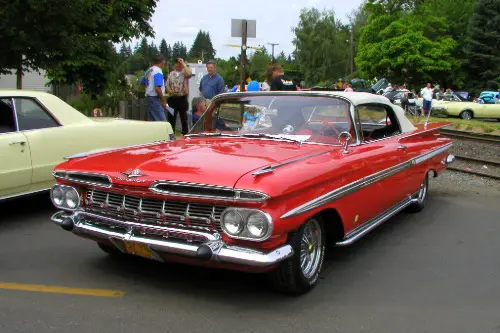
The 1959 Impala practically invented tailfin drama, stretching its rear end to exaggerated lengths. Its futuristic looks were bold, but they made the car feel unwieldy in traffic and difficult to park. The interior was spacious, but the styling screamed showpiece over practicality. Buyers loved it for appearances, even if it wasn’t a dream to drive.
Chevrolet packed a lot of chrome and ornamentation onto the car. Handling and maneuverability lagged behind smaller competitors. Fuel economy was low, making it less practical than more modest options. Its futuristic aura quickly became a statement rather than a daily driver.
6. 1970 AMC AMX

The AMX was AMC’s entry into the high-performance muscle market, featuring a short wheelbase and aggressive styling. Its wedge-like body and minimal overhangs gave it a modern look, but the compact design limited comfort and storage. It looked like the future of American muscle, but practicality was sacrificed. Drivers wanted style and speed, yet space was at a premium.
The AMX’s performance wowed enthusiasts, but its futuristic styling aged quickly as safety and emissions rules changed. The extreme body lines and low stance were less appealing by mid-decade. AMC built something daring, but the car’s radical approach made it feel fleetingly modern.
7. 1969 Dodge Charger
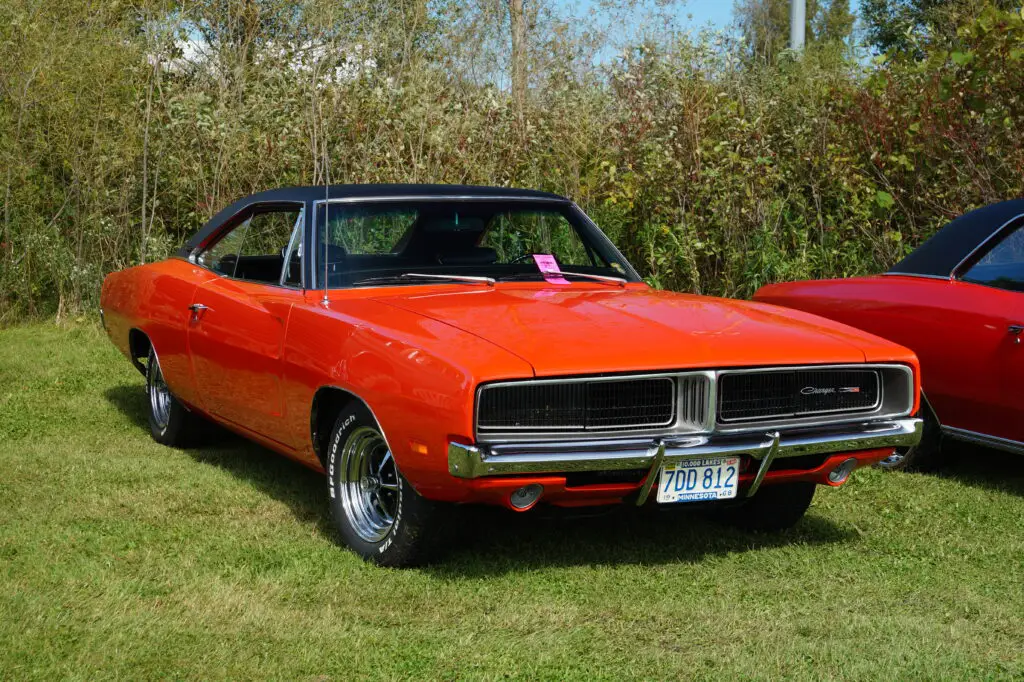
The 1969 Charger had a “fastback” roofline and aggressive front grille that made it look ahead of its time. Its design was cinematic, popularized further by TV and movies, but the interior space and visibility were compromised. It was a muscle car that seemed futuristic in motion, but not in comfort. Everyday usability lagged behind its bold image.
The Charger’s styling became iconic, yet the extreme lines limited practicality. Parking, reversing, and rear visibility were challenges. The car dominated the imagination but highlighted how extreme design can outpace everyday function. It was “modern” in spirit, even if fleetingly so.
8. 1986 Buick Reatta
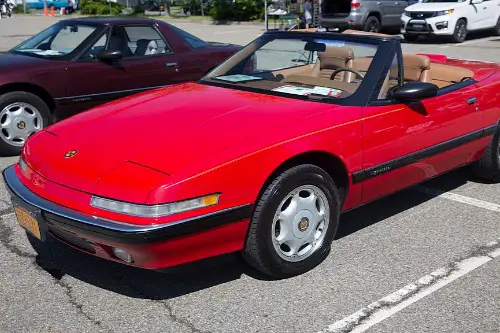
The Reatta was Buick’s attempt at a futuristic personal luxury car, featuring a sleek two-door coupe body and advanced electronics. Its digital dash was impressive, but early adopters found it temperamental. The design looked like something out of the near future, but reliability and performance couldn’t fully match the aesthetic. Its bold electronics and styling became dated faster than intended.
Buick intended the Reatta to redefine luxury in the 1980s. Its small size and delicate features contrasted sharply with traditional large American sedans. Buyers wanted innovation but encountered limitations in daily use. The Reatta became a symbol of mid-80s experimentation that quickly felt past its prime.
9. 1973 Chevrolet Camaro Z28
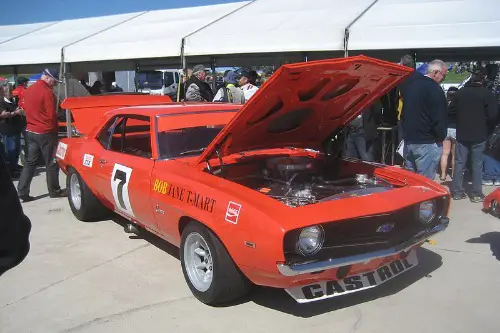
The 1973 Camaro Z28 was a muscle car with long, sleek lines and a low-slung stance. Its aggressive appearance looked futuristic, but emissions rules and rising insurance costs quickly shifted the appeal of such extreme performance cars. What felt cutting-edge in 1970 was beginning to feel heavy and impractical. The styling made it exciting, but societal changes rendered it less relevant.
The Z28’s suspension and handling were sporty, yet practicality suffered. Fuel consumption and insurance considerations affected its long-term usability. Its appearance and performance symbolized muscle car excess. The car became a bold statement more than a sustainable choice.
10. 1958 Cadillac Eldorado Biarritz

The 1958 Eldorado Biarritz looked like it had been launched from a rocket ship, thanks to its enormous tailfins and bullet-shaped taillights. Cadillac poured style over practicality, giving buyers something that screamed “future” even if handling and visibility lagged behind. Everyone wanted to be seen in it, but driving it around tight city streets was another story. Its extravagance made it feel instantly out of touch with everyday needs.
Despite its jaw-dropping looks, the Eldorado’s size and complexity made maintenance a headache. The massive fins were stylish but awkward in parking lots. Fuel economy was laughable even by 1950s standards. It set a trend for flamboyant cars, but the sheer extremity quickly made it feel outdated.
11. 1982 DeLorean DMC-12
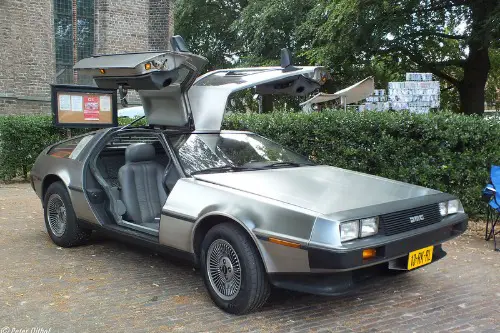
Technically American-assembled in Texas, the DeLorean became famous for its stainless-steel body and gullwing doors. It looked like a car from another planet, yet its engine performance was underwhelming. Everyone remembered the futuristic look, but driving it daily revealed practical shortcomings. Its radical design outpaced the technology underneath.
The DMC-12’s engine and suspension didn’t match its sci-fi exterior. Parts were tricky to replace, and the car was temperamental in hot climates. The futuristic aura captured imaginations but wasn’t enough for long-term success. It became more of a cultural icon than a practical car.
12. 1967 Buick Riviera
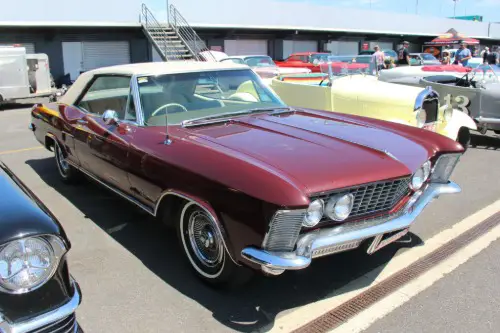
The Riviera’s “Coke bottle” shape and sharply angled front end made it look ahead of its time. Its luxurious interior didn’t entirely make up for visibility issues created by the dramatic design. Buick wanted a car that looked fast even standing still. Its futuristic flair overshadowed everyday practicality.
The design was daring but hard to park and navigate in tight spaces. The size and weight limited nimbleness, despite V8 power. Consumers admired the bold lines, but the car’s functionality lagged. It’s a classic example of style racing ahead of usability.
13. 1987 Ford Taurus
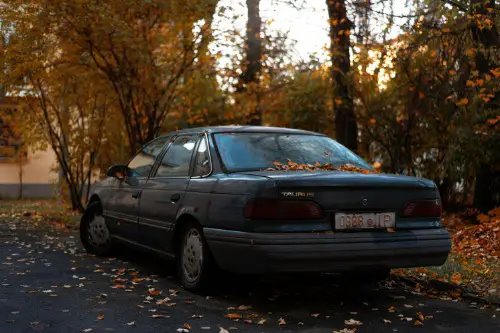
The first-generation Taurus stunned the market with its aerodynamic design, rounded edges, and sloped windshield. It was revolutionary for American sedans, but critics quickly noticed its “future-proof” look aged quickly as competitors copied the style. The design was bold, but technology and interiors felt dated within a few years. The car redefined mid-size sedans but rapidly became mainstream.
Despite pioneering aerodynamics, interior ergonomics and electronics lagged slightly behind. It set a new design trend, yet competitors caught up quickly. The Taurus exemplified a car that felt like tomorrow, then quickly became yesterday’s standard. Its futuristic aura faded as the market adjusted.
This post 13 Cars That Looked So Futuristic They Immediately Became Obsolete was first published on American Charm.


